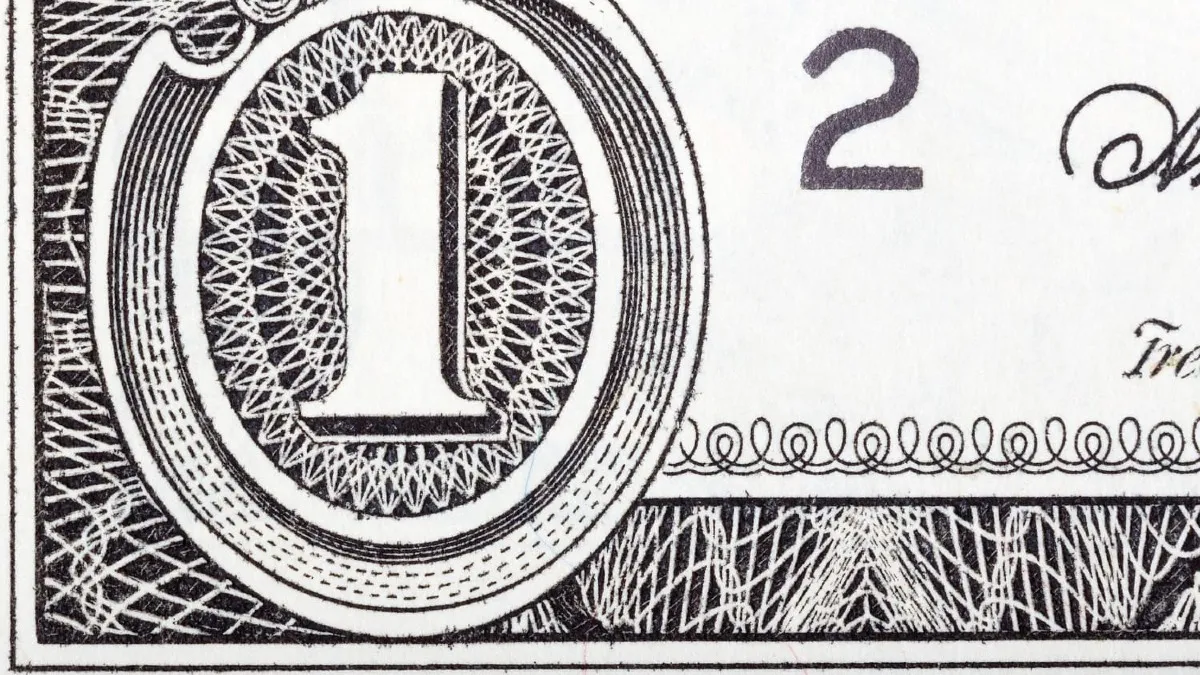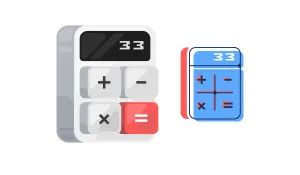Here is the single most important concept in all of finance, summed up in one question:
Would you rather have $1,000 today or $1,000 one year from now?
The answer is obvious, right? You'd take the $1,000 today.
But why?
Is it just because you're impatient? No. It's because you intuitively understand the most powerful force in finance: The Time Value of Money (TVM).
The Time Value of Money is the simple, core idea that a dollar you have today is worth more than a dollar you get in the future.
This isn't a complex theory. It's a simple fact. And it's based on one word: Opportunity.
The Power of "Earning Potential"
The $1,000 you have today is more valuable because you have the opportunity to put it to work. You can use it. You can invest it. It has earning potential.
Let's say you take your $1,000 today and put it in a High-Yield Savings Account (HYSA) that pays 5% interest.
- In one year: Your account will have $1,050.
The $1,000 you could have received a year from now is still just... $1,000.
By taking the money today, you are $50 richer. That extra $50 is the Time Value of Money in action. It's the "time-value" of your cash for that one-year period.
The Two Sides of TVM: Answering Two Big Questions
This one simple concept is a two-way street. It helps you look forward into the future and backward from a goal.
1. Looking Forward: Future Value (FV)
This is the side of TVM that most people know as compounding.
It answers the question: "What will the money I have today be worth in the future?"
As our example showed, $1,000 today becomes $1,050 in one year at 5%. But it gets more powerful over time:
- In Year 2: You earn 5% on the entire $1,050. Your money earns $52.50. Now you have $1,102.50.
- In Year 3: You earn 5% on $1,102.50.
This is compound interest: your money is earning money, and then that money starts earning more money. The longer you let it sit, the faster it snowballs. This is the magic that builds wealth.
2. Looking Backward: Present Value (PV)
This is the other side of the coin. It's a powerful planning tool.
It answers the question: "To hit my goal in the future, how much money do I need today?"
Let's flip our example. You have a goal: You need exactly $1,000 one year from now. If you know you can get a 5% return, how much money do you need to invest today to hit that goal?
The answer isn't $1,000. It's less.
The Present Value of that future $1,000 is $952.38.
If you invest $952.38 today, and it earns 5% interest for a year, it will grow into your $1,000 goal. This "working backward" math is how you figure out how much you really need to start with to afford a house down payment or retire.
The "Villain" of TVM: Inflation
There is one more crucial part of this concept. A dollar in the future is also worth less for a more painful reason: inflation.
Inflation is the slow rise in the price of everything. Because of inflation, $1,000 in ten years will buy you less stuff than $1,000 today. It will have less purchasing power.
So, you are in a race:
- Compounding (your money earning interest) is trying to grow your money's value.
- Inflation (prices getting higher) is trying to shrink your money's value.
This is the #1 reason you must invest. You have to make sure your money is growing faster than inflation is eating it.
Why This Is the Most Important Concept for Beginners
The Time Value of Money isn't just a theory. It's the simple "why" behind every major financial decision:
- Why You MUST Invest: Because of inflation, cash sitting in your checking account is losing value every single day. You must invest to grow your money faster than inflation shrinks it.
- Why You MUST Start NOW: Time is the most powerful ingredient in the formula. A person who invests $100 a month for 40 years will end up with far more money than someone who invests $200 a month for only 20 years.
- Why You MUST Pay Off Debt: High-interest debt (like on a credit card) is the Time Value of Money in reverse. It's compounding against you at 20% or more, which is a race you can't win.
The Time Value of Money is just the idea that money can earn money. So your job, as an investor, is to give your money as much time as possible to do its job.






